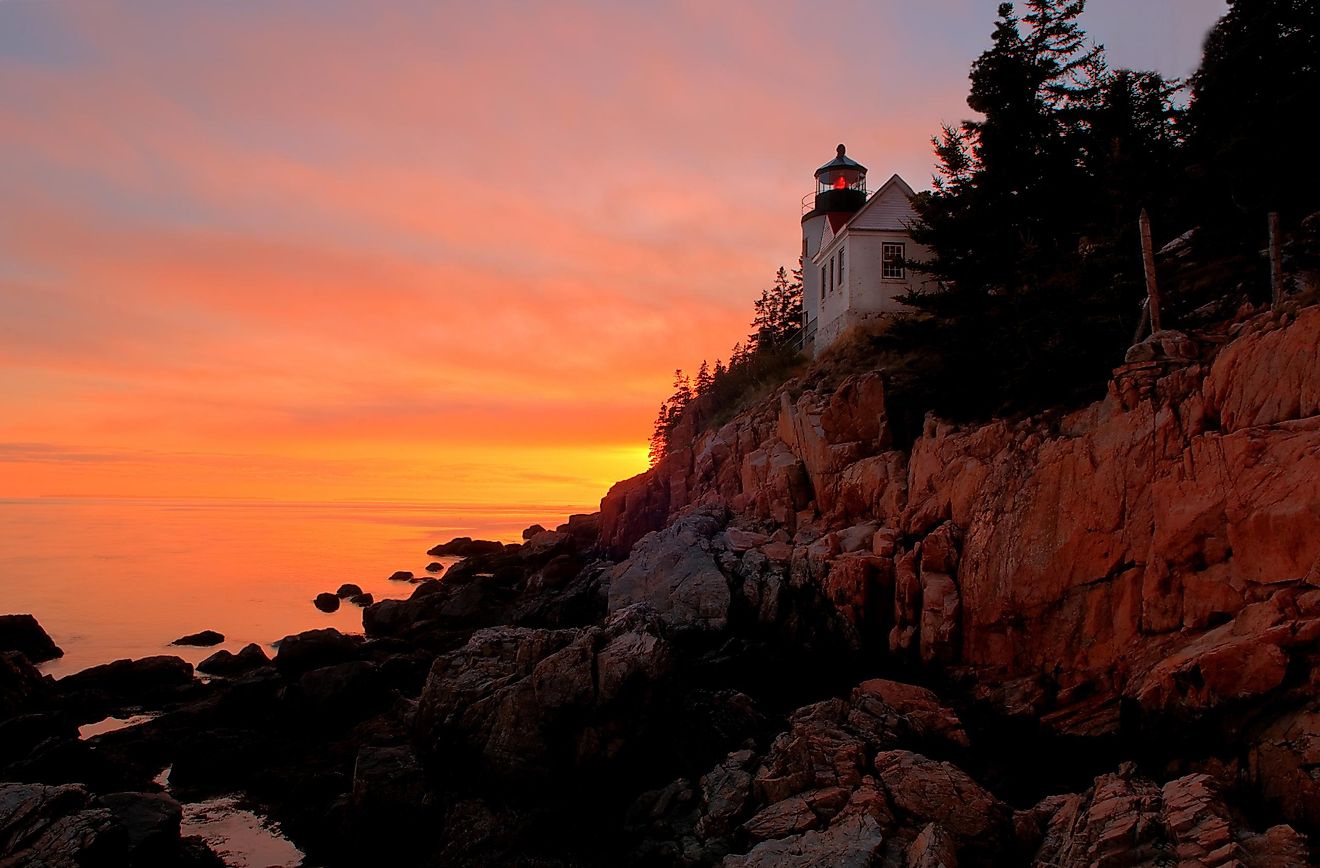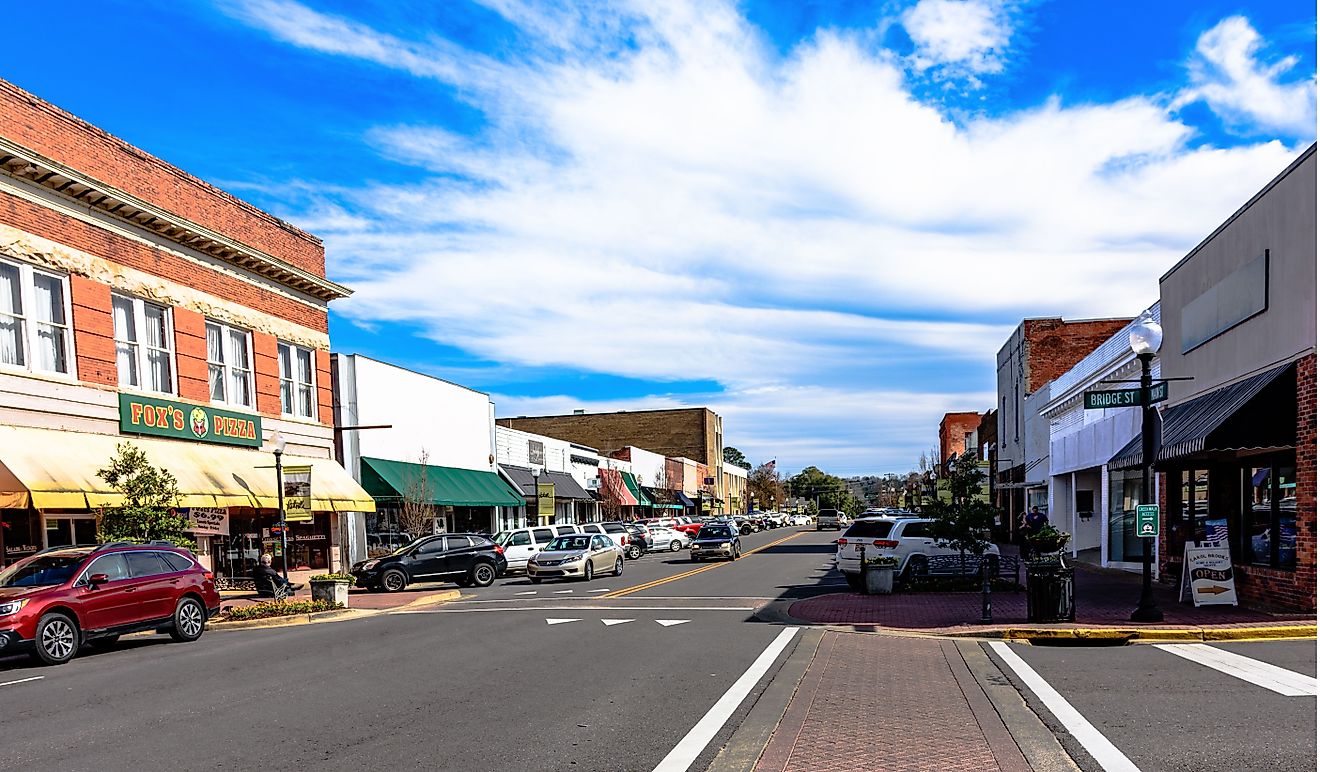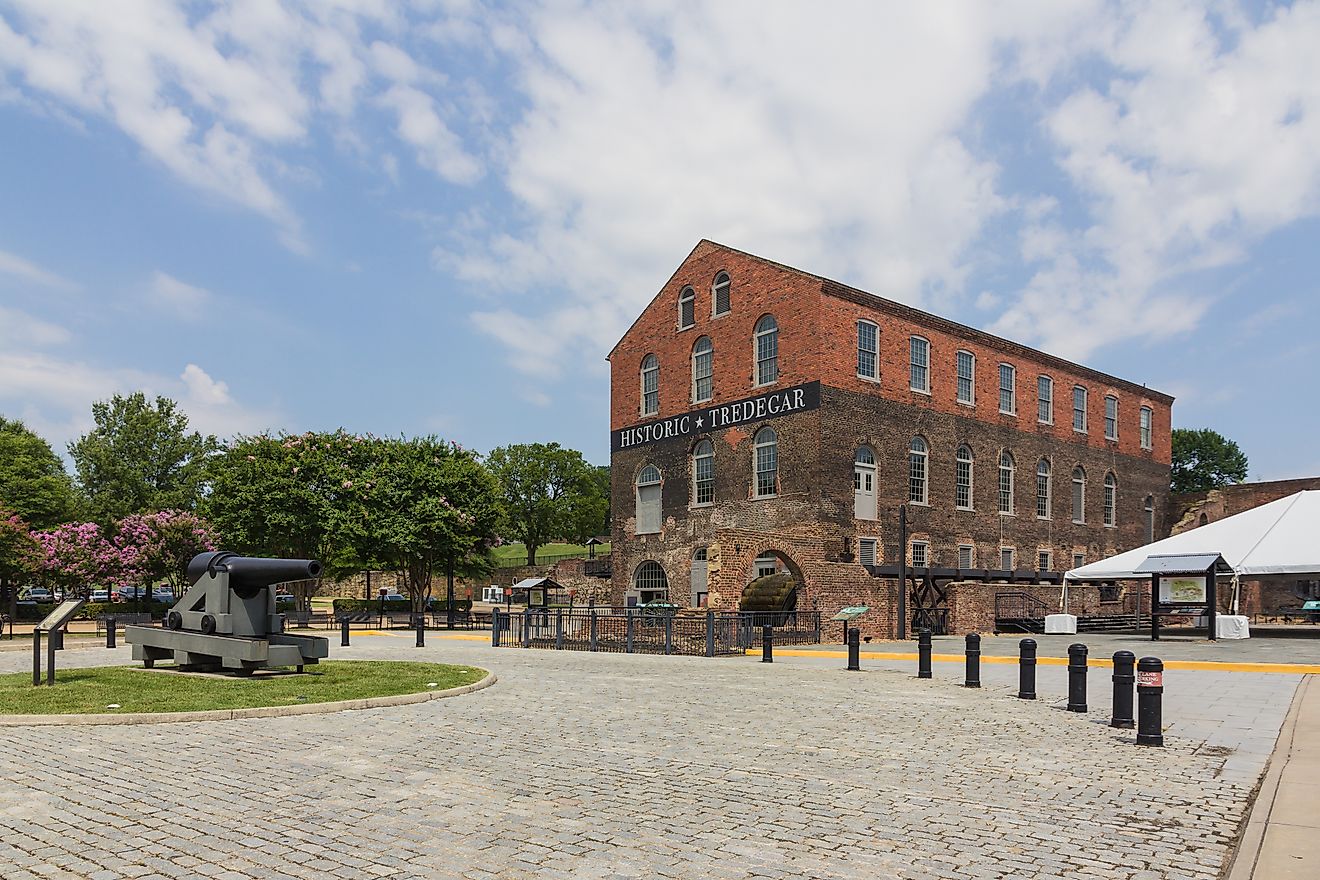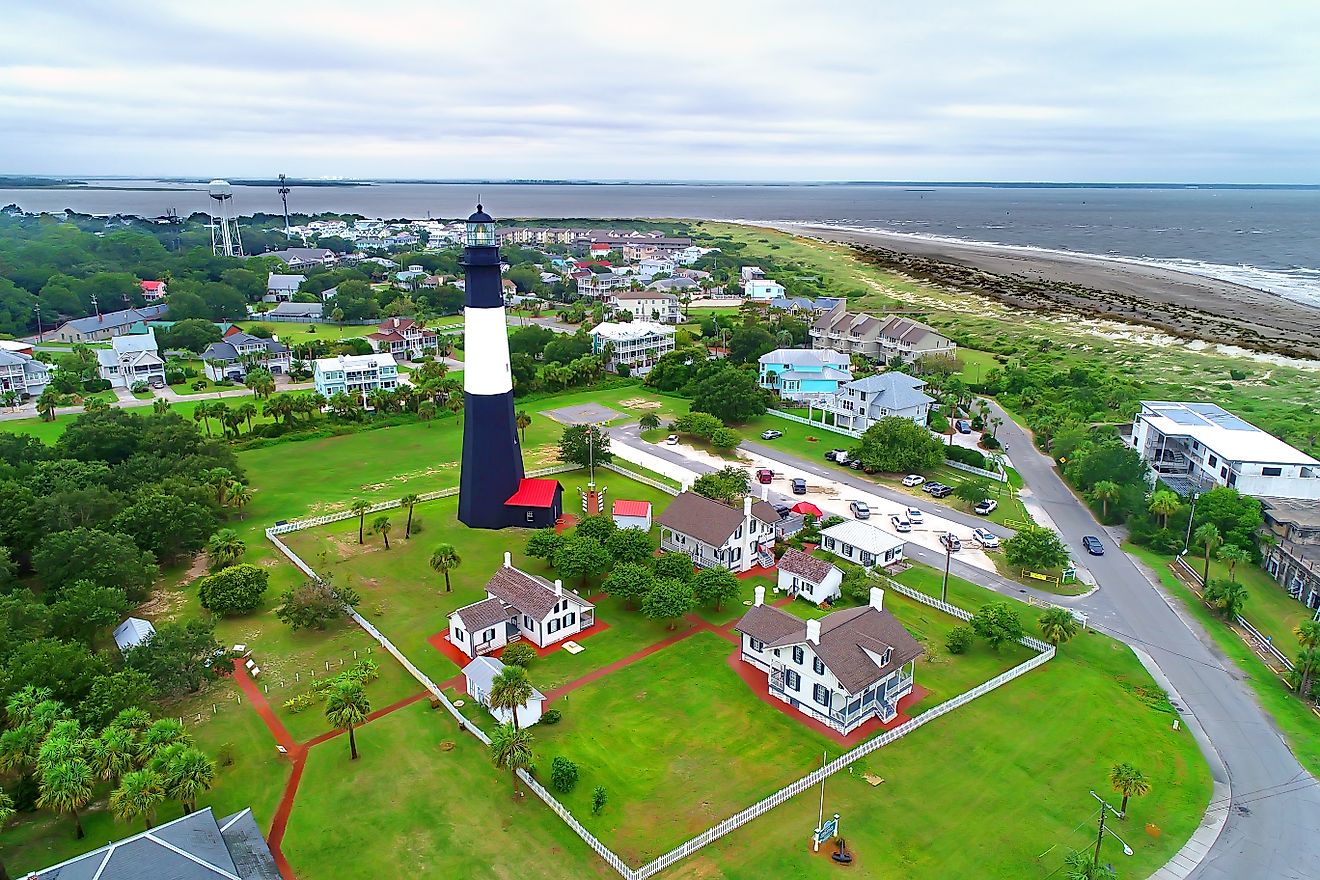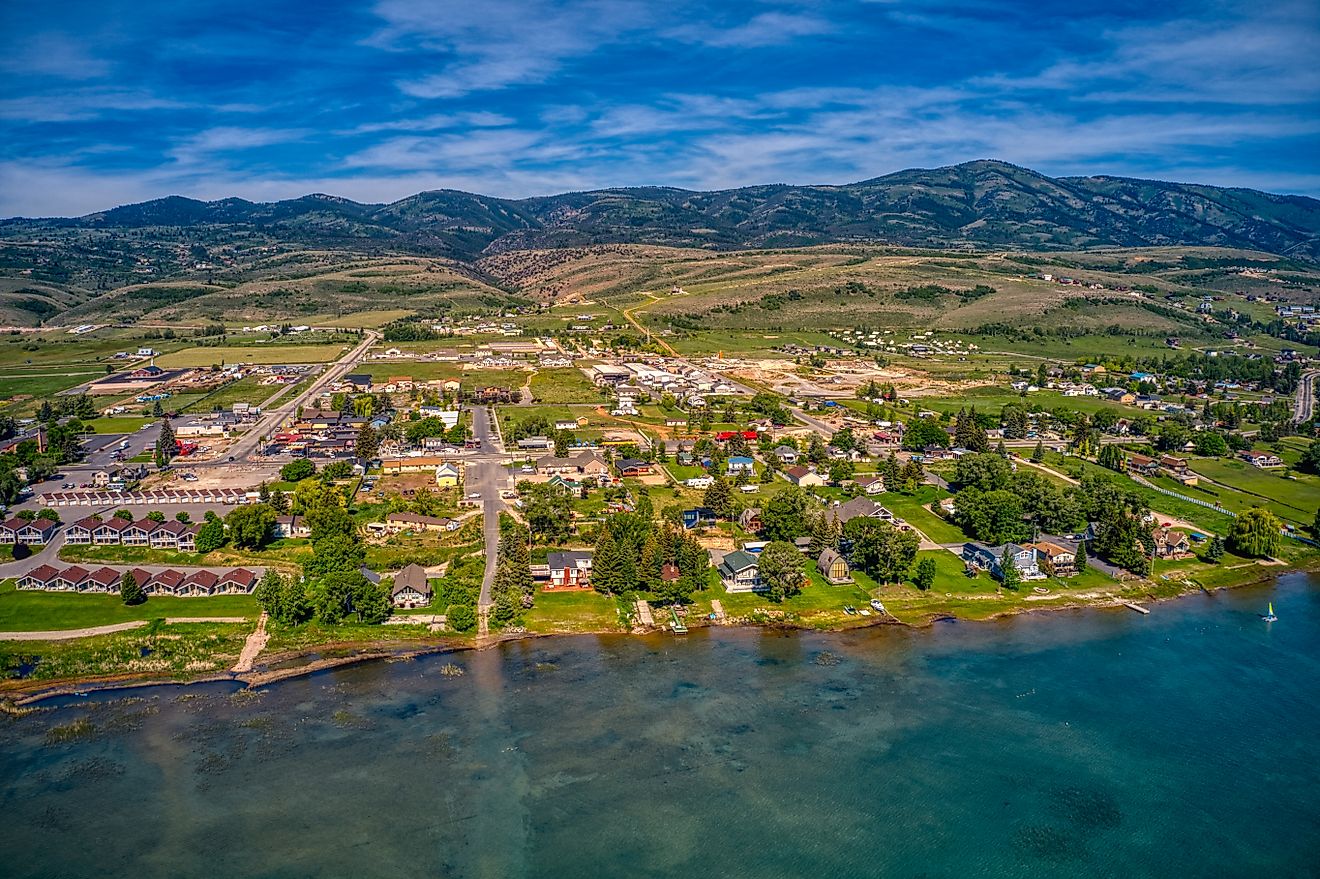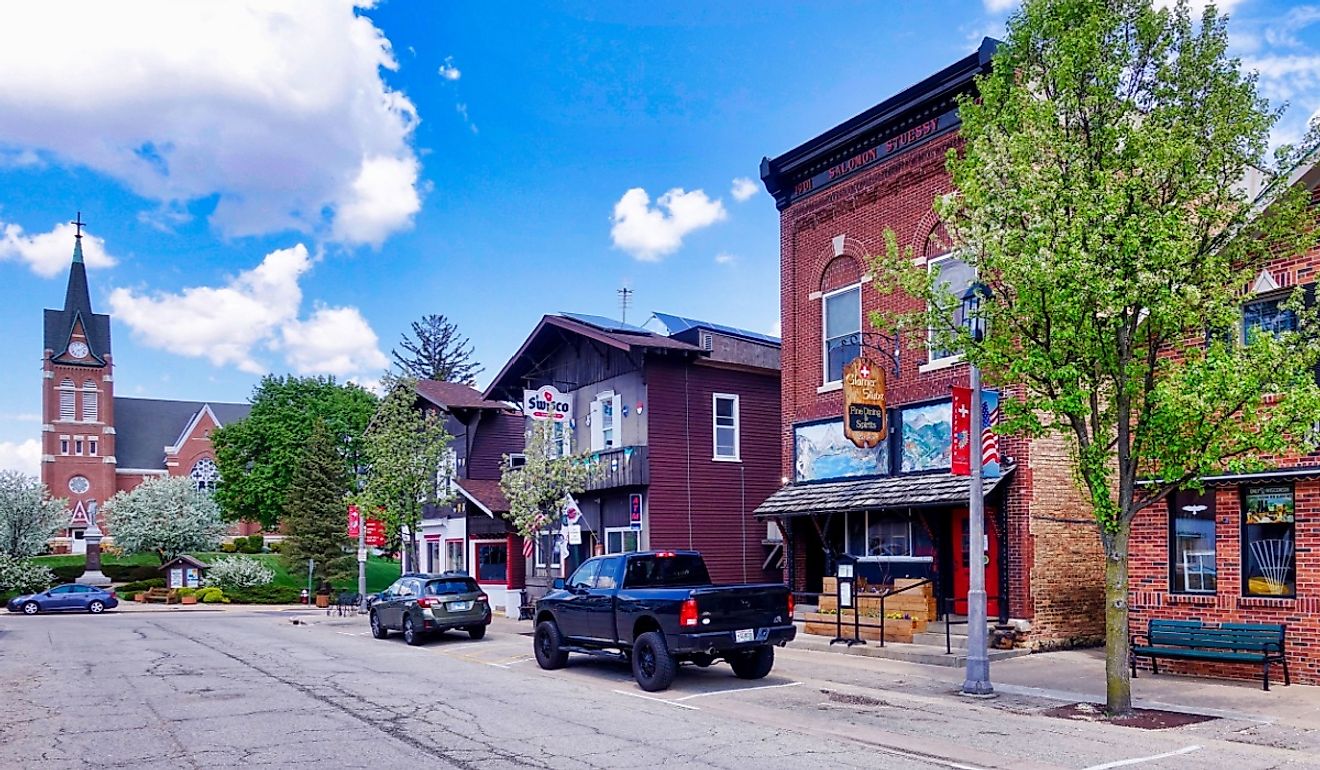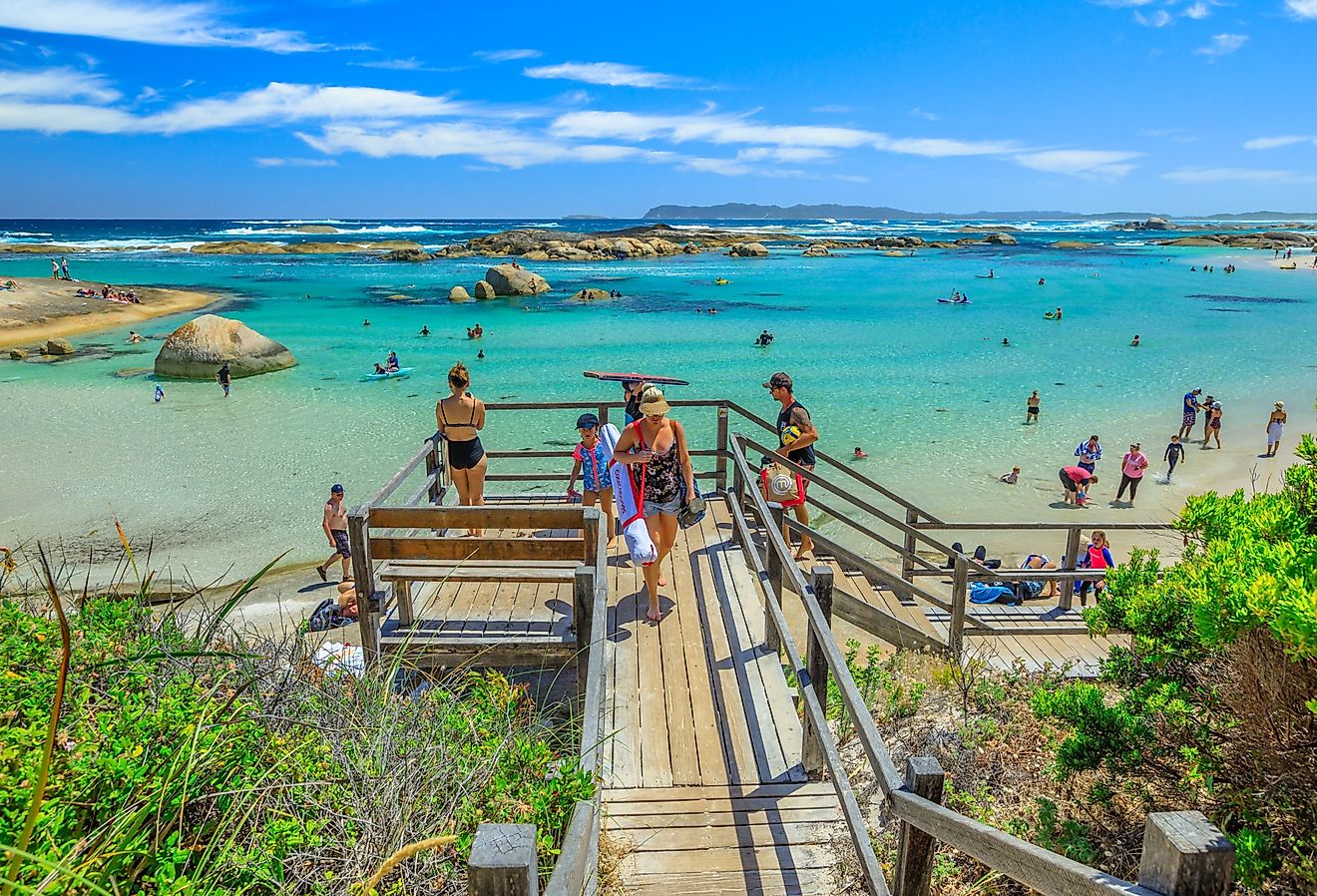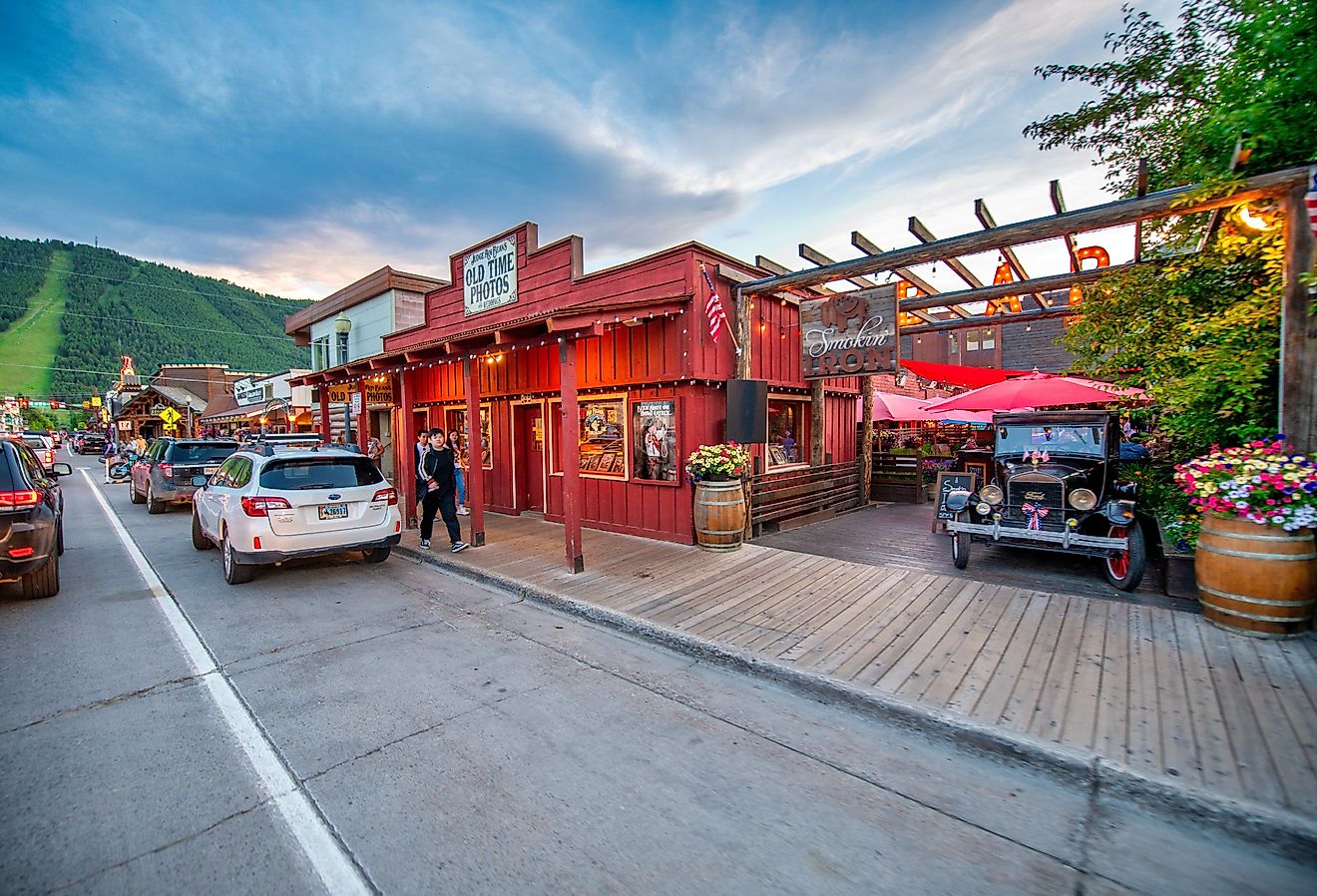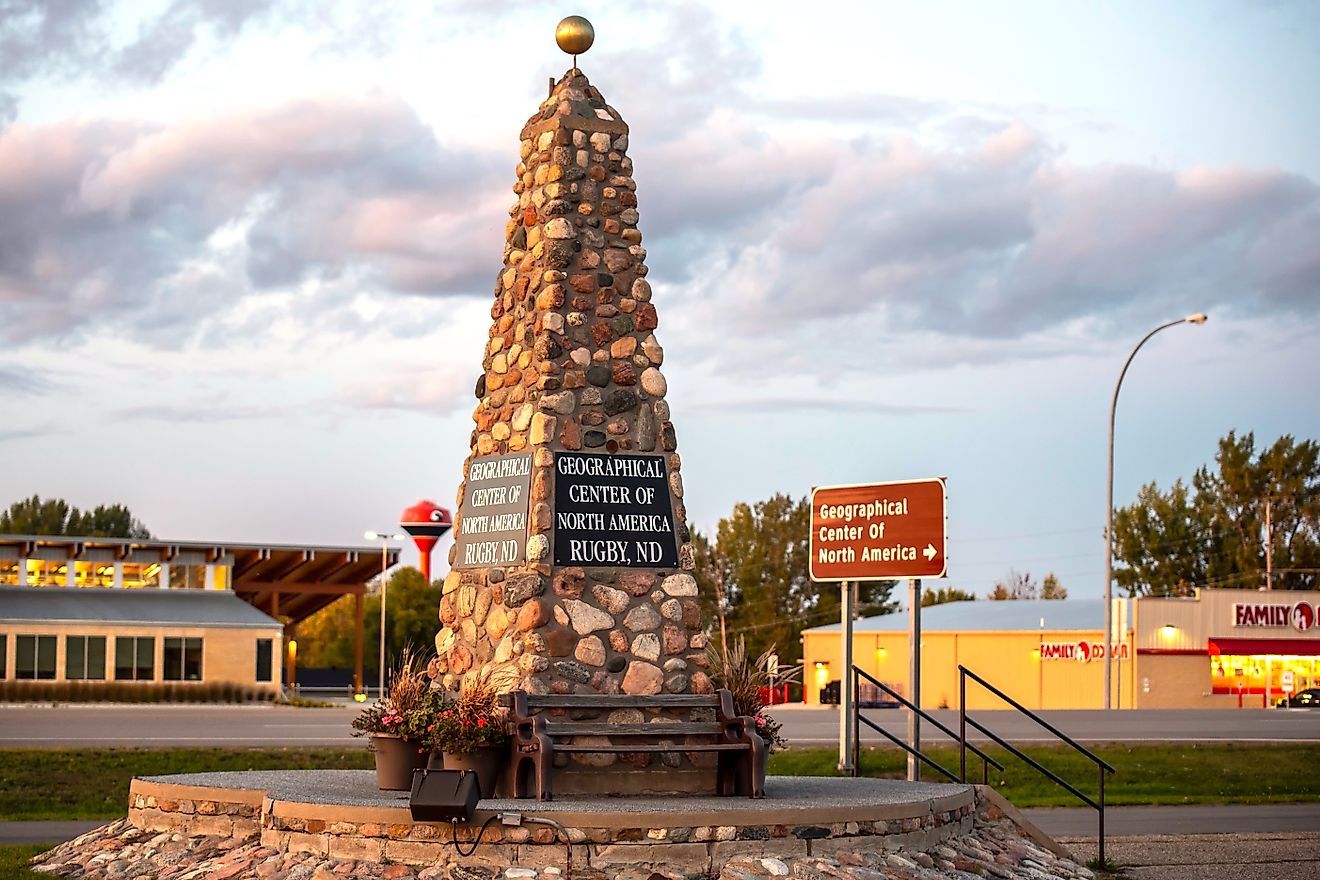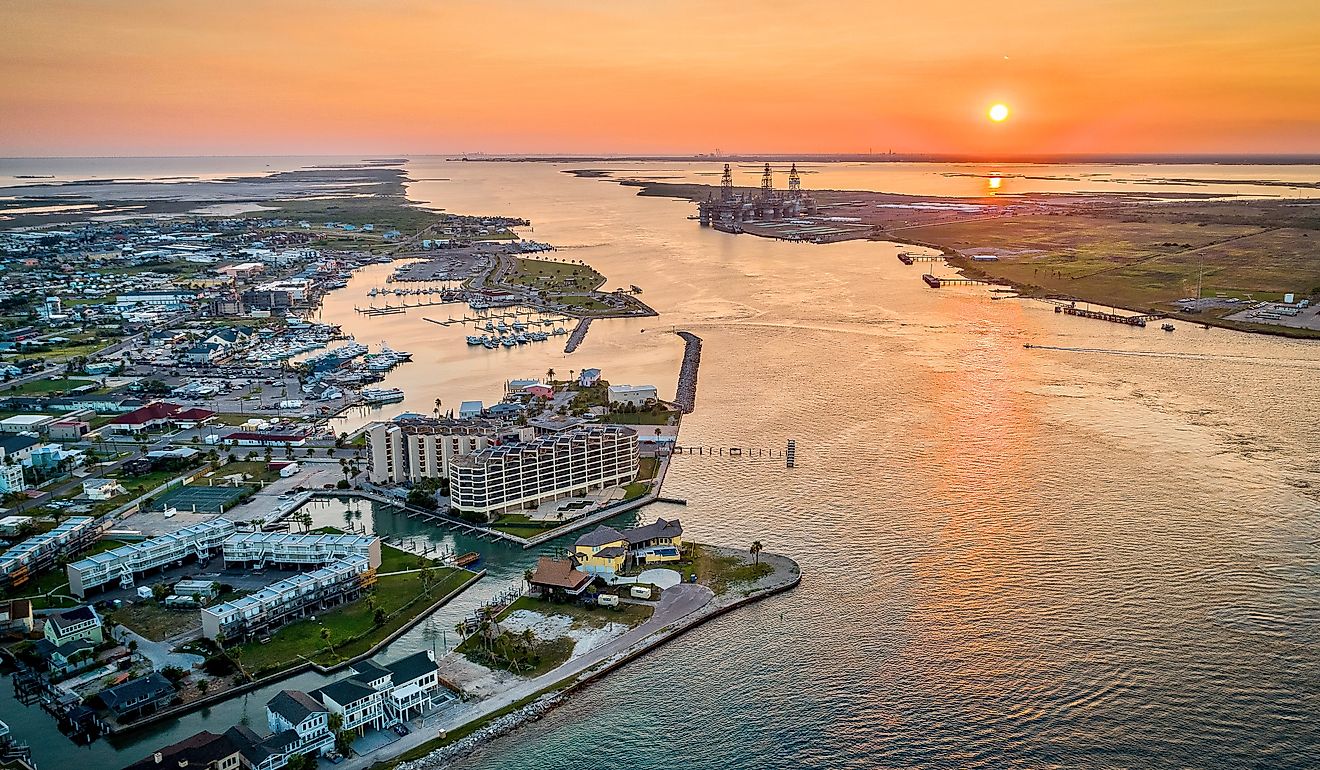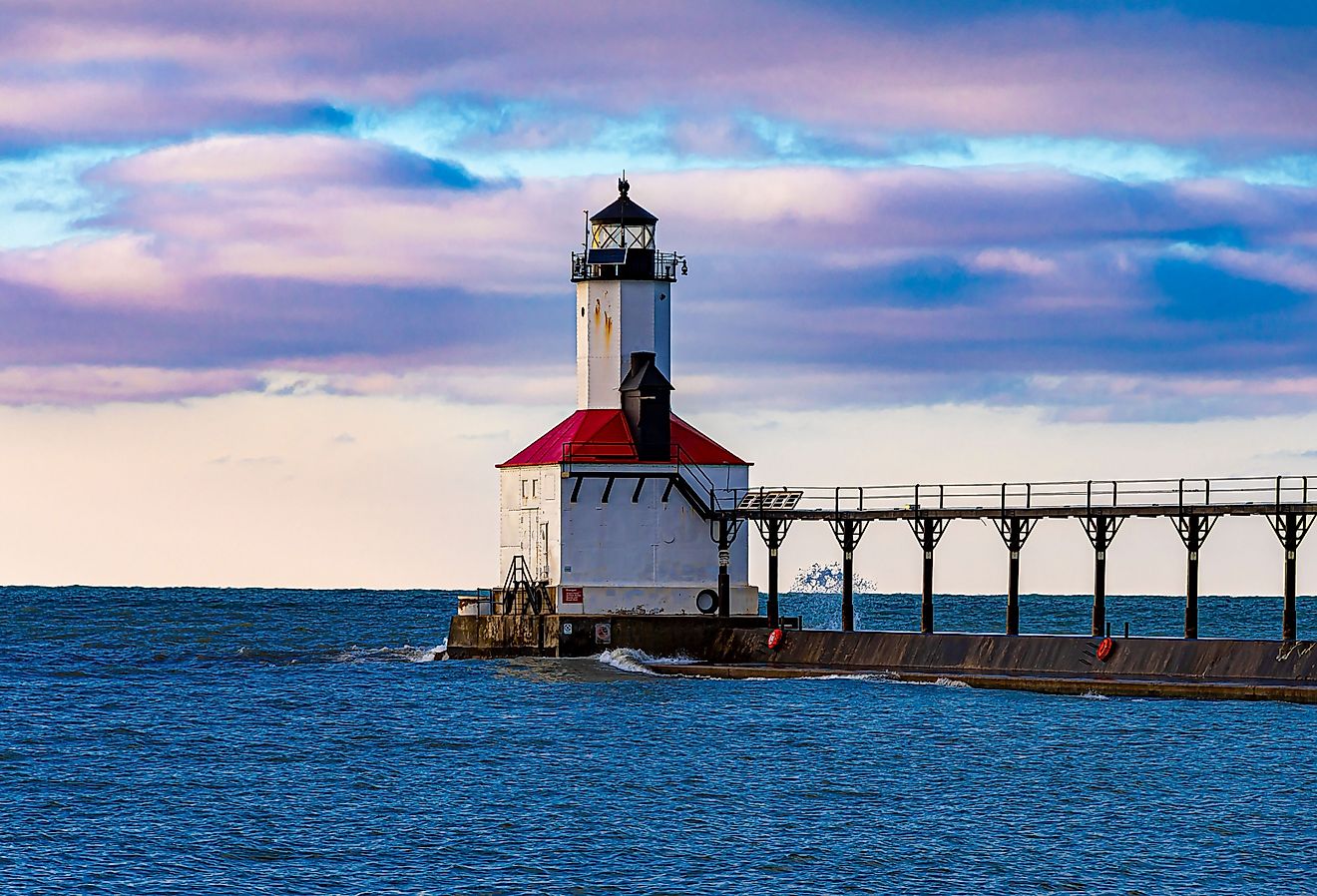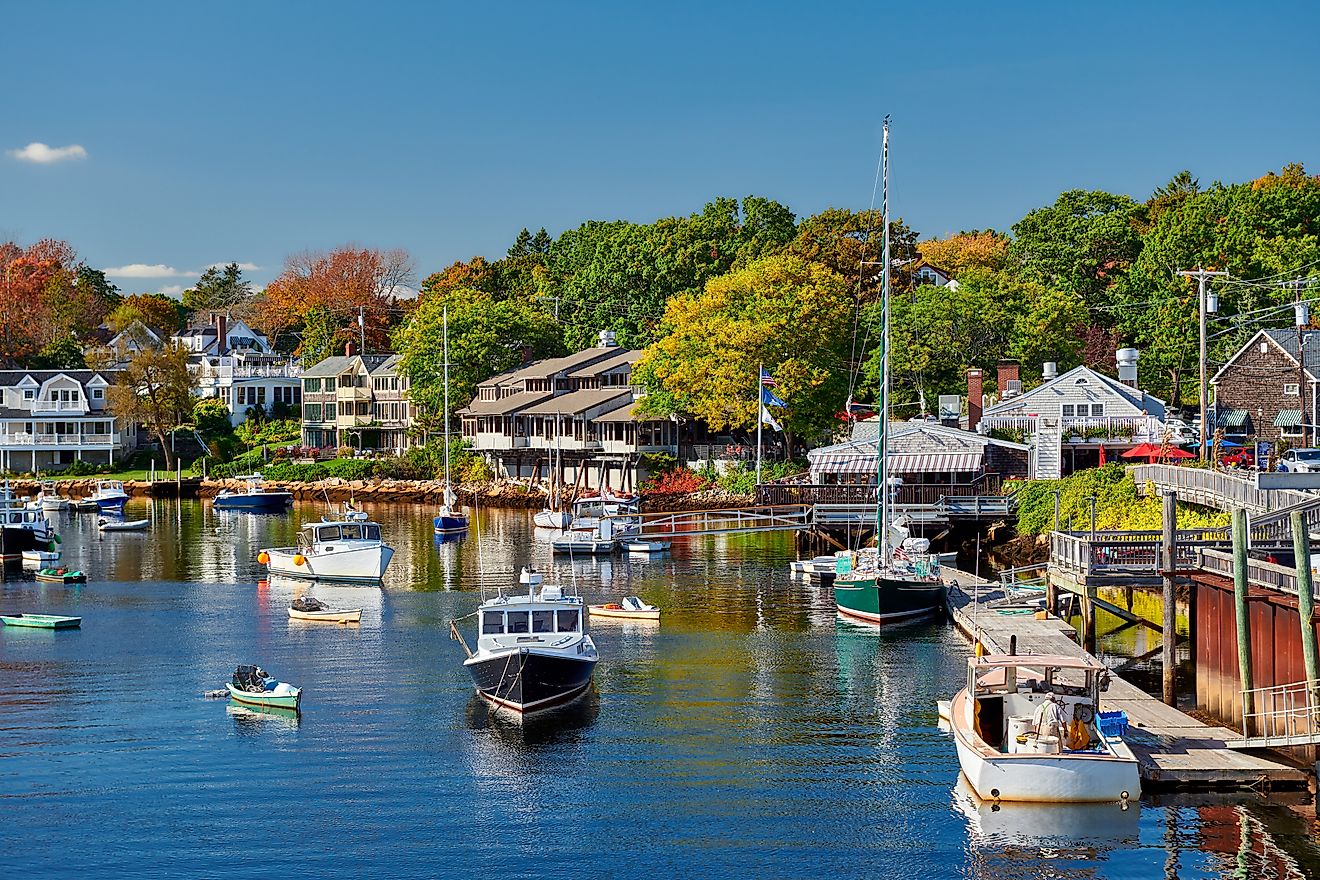
Thredbo, New South Wales
Nestled in the valley of the Thredbo River, which also goes by the name of the Crackenback River, Thredbo is a picturesque village with a ski resort that has been in operation for the past 25 years at the foot of the Ramshead Range in the Snowy Mountains of New South Wales, Australia. This year-round resort destination, set 500 kilometers south of Sydney, is accessible from the capital by the Alpine Way, via the Hume and Monaro Highways, and through the towns of Cooma, Berridale, and Jindabyne. It is unknown whether the name of the village comes from one of the Aboriginal groups that occupied the area thousands of years ago, but it was first recorded as Thredbo in 1840. The slanted roofs of the lodges, as if taken right out of Austria or Switzerland, together with the mountainous air, create the European-style ambiance that will transport one into a genuine alpine settlement.
Climate
The subpolar oceanic climate with snowy winters and mild summers of the Snowy Mountains region is likely the village's biggest blessing, providing the optimal conditions throughout the year to engage in seasonal activities. One should note that set in the Southern Hemisphere, Australian summers and winters are reversed, with the coldest months in the traditional summer and the hottest during the winter holiday season.
The heat in January only occasionally passes a 30°C mark, providing those few scorching days that one can't help but cherish, especially when it is winter back home. The cold also never gets to the point of overwhelming, with the lowest temperatures, in July holding above -15°C. On the other hand, the Thredbo Top Station has experienced some of the lowest temperatures ever recorded in Australia.
History Of Thredbo

Originally, aboriginal groups like Yaitmathang, Wolgalu, Wiradjuri, and Ngarigo lived in the area now Thredbo. Stewart Ryrie, a European explorer, traversed the area in 1840, while Polish Count Paul Edmund Strzelecki reached the summit of nearby Mount Kosciuszko the following year, and Reverend W B Clarke commenced a year-long geological survey of the entire region in 1851.
Thredbo was first established as a village in the 1960s with the discovery of gold in the riverbed of the Thredbo River. The diggings in Thredbo persisted until the depletion in 1872, following which the village stayed rather dormant until tourism awakened it in 1906. Around the same time, the first Hotel Kosciuszko and Yarrangobilly Caves House were constructed, while the Kosciuszko State Park was established in 1944, and the Snowy Mountains Hydro Electricity scheme five years later.
Australia was also one of the countries for soldiers to get some R & R during the Vietnam War, with USO at the Sydney airport offering skiing in Thredbo at a reduced rate that included round-trip transportation and meals. Equipment, a group lesson, a lift ticket, and skiing gear were also provided, while mats were placed at the lower slopes to ski to the bottom at the end of the season. Today, tourists can utilize the free shuttle bus service from the village during winter linking the Valley Terminal, Friday Flat, and most ski lodges.
1997 Landslide
A tragedy stroke Thredbo at 11:30 pm on 30 July 1997, when the slope above one of the Carinya lodges collapsed, destroying the lodge along with the neighboring Bimbadeen Ski and Staff Lodges. The landslide was triggered by a small water pipe leak that ran along Alpine Road above the two lodges, upon the bursting of which, the top layer of the road slipped away from the lower part. John Cameron, a member of Brindabella Ski Club, lost his life along with 18 lodge residents under the wreckage, while the sole survivor, Stuart Diver, was trapped for three days before being rescued, while his wife drowned near him.
The Ski Resort

Thredbo resort was conceptualized by the Snowy Mountains Hydro-Electric Schemers, with Tony Sponar determining the area as a ski field in 1957. Upon receiving a head lease of the area, further development was run under the Lend Lease Corporation. Set within the Kosciuszko National Park, the resort was modeled after a European ski town where the amenities were initially meant to be lodge-based. Since purchasing the head lease in 1987, and to this day, Amalgamated Holdings Limited, known as the Event Hospitality and Entertainment public company today, operates the majority of services, real estate, and lease arrangements to set base and create an environment where the village can prosper. Private businesses take care of various activities to attract tourists, including shopping, restaurants, accommodation, tours, and nightlife.
The resort is set at the base of the Crackenback Valley, 1365 m above sea level, with full snow coverage being rare on the warmer, lower half of the mountain. There, snowmaking is possible during the inversed night temperatures and below zero days, which has led to the creation of a $6 million-worth, largest snowmaking system in the Southern Hemisphere that uses a three-stage automated process. Operating mainly at night to top up the lower half of the mountain and high-traffic areas, it covers some 65 hectares of trails, including the Supertrail, Friday Flat, High Noon, The Cruiser area's Walkabout and Ballroom, Sundowner, Lovers Leap bypass, World Cup, and Lower True Blue.
Facilities At Thredbo

Thredbo is home to the steepest overall skiing terrain in Australia. It has the highest lifted point of 2037m at Karel's T-Bar, which offers access for backcountry ski tours to Mt. Kosciuszko. The resort is also equipped with 14 lifts and over 50 ski runs, including the longest single run, the Crackenback Supertrail. Funnel Web is considered the most challenging run for its un-groomed and bumpy surface, with moguls and a notoriously steep middle.
There are several terrain parks for skiing and jumps as well, including the Wombat World for younger children, the more intermediate Merrits Park, the always-changing Cruiser Park, and the Antons Park for advanced skiers. Set proximate to the Woodridge and Friday Flat lodges, as well as the main carparks, the detachable quad chairlift Gunbarrel Express, was constructed in 1988 as part of the $30 million Greater Union investment into the mountain. It runs from the beginners' area at Friday Flat to a point on The Traverse trail, uniquely crossing over other lifts and providing access to a variety of runs. Set underneath the higher part of the Gunbarrel Express, The Glades run converges into the Pegasus run, with the latter considered much more challenging for its out-of-bounds steep slope, hidden obstacles, a creek, and often, only partial coverage.
The more recent resort developments have been targeted to satisfy a wide variety of tourist interests, such as the initiation of cutting-edge snow sports programs for children, adults, and extremists, as well as a respected and impressive summer events calendar. The AIS-accredited Thredbo Leisure Centre was built as an altitude training facility, while the construction of Thredbo Bobsled attracted thousands more adrenaline junkies. The village's central hub of retail activity, the Village Square, a community center, a chapel, and a ski patrol lodge, are some of the recently added services, while the Thredbo Resort Centre acts as a successfully integrated booking arm.
Activities

Not only is Thredbo the country's and one of the world's most popular ski resorts, but it is a summer destination hotspot. Here, one can engage in hiking, rock climbing, abseiling, fishing, cross-country cycling, and downhill MTB riding, among other activities. Stopping by on one's trip to Australia for some mesmerizing Alpine views and mountain walks to admire Alpine wildflowers is highly encouraged.
Opened in 1996, Thredbo Leisure Centre is perfect for those wanting to upkeep their health in an indoor setting, and has been used by many high-profile athletes including the Australian Institute of Sport for high altitude training to prepare for the 2008 Beijing Olympic Games. The center has a 50 by 25 meters swimming pool, a wading pool with a waterslide, a famed mission inflatable, two full-size basketball courts, a first-class gym, squash courts, a traverse climbing wall, and a physiotherapist's office.
As a hotspot mountain biking scene since the early 1990s, the village features kilometers of cross-country singletrack and a surrounding Firetrail, among many others, including trails that lead to the neighboring villages. For the extreme-seekers, Thredbo is home to the infamous downhill track, the Cannonball Run, one of Australia's most extended downhill courses, with 4.2 kilometers of fast singletrack, rock gardens, a wall-ride, tight switchbacks, multiple drops, and jumps. There are also two local business-operated x-country mountain bike tours from Thredbo to cross the Snowy Mountains region.
Mount Kosciuszko

Standing at 2228 m above sea level, the mountain is conquerable from Thredbo's 1370 meters elevation or starting off with a chairlift during the summer months, bringing one to the Crackenback Terminal at 1930 meters. To reach the summit, one needs to take a gentle-sloping hike of about 6 km along the scenic track. Here, eyes meet the mountain meadows covered in delicate pink, white, and yellow summer flowers that give way to glaciated and exposed grey granite outcrops and tundra-like grasses of the marshy landscape. Australia's highest lake of glacial origins, Lake Cootapatamba, sits modestly at the Kosciuszko Lookout. While the hike is challenging, the delightful views of the rolling, barren hills stretching to the horizon for 360° around, coupled with the fresh and refreshing mountain air, are well worth it.
The Bundian Way
The Bundian Way Aboriginal pathway is one of the greatest Aboriginal walking tracks in the world for a rare walking experience. The idea to develop the 265 km of an Aboriginal walking route from Fisheries Beach at Eden to Mount Kosciuszko was inspired by a story written in 1844 by G. A. Robinson about an Aboriginal man, Al.mil.gong, who walked a similar path to present his new corroboree to his family. The same track was undertaken yearly by the Yuin people to meet with the other groups in the area for tribal and cultural matters. The Ngarigo people of the Monaro and the Yaitmathang of Omeo in the mountains also descended that way to the coast in springtime for whaling.

With a non-resident population of around 80%, Thredbo's highly developed tourism industry acts as the pillar of the economy, suiting various needs and continuously raising the stakes to attract thousands more each year. The chalets along the narrow winding streets, the skiing, and the bracing mountain walks make Thredbo "the village in the Alps" of the Southern Hemisphere.
